upper lip tie toddler
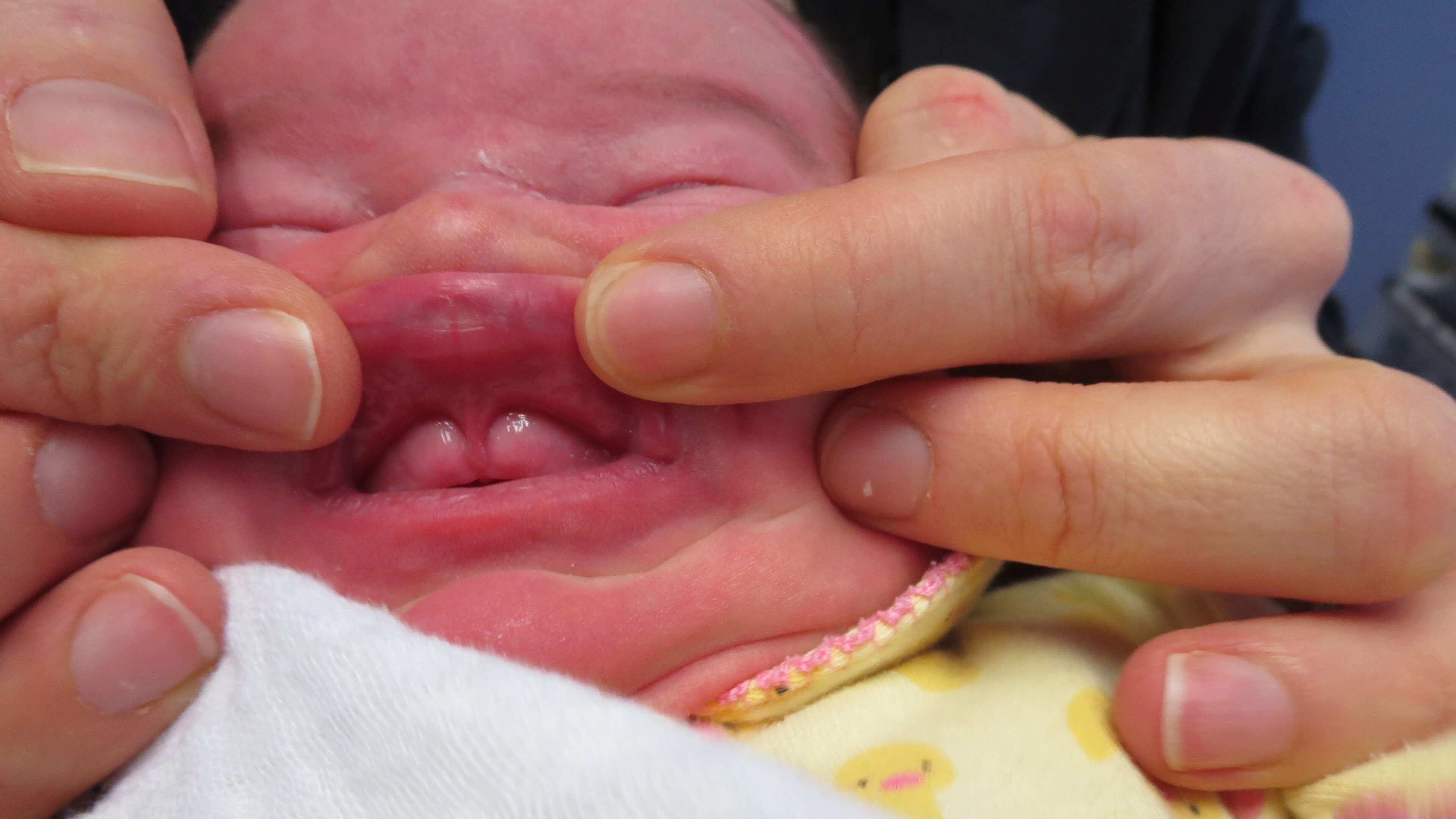 Lip Tie: How to Check Your Baby (And How to Fix it)
Lip Tie: How to Check Your Baby (And How to Fix it)Body: Review and Complications A lipstick occurs when the lipstick, which is the tissue piece that binds the lip above the gums, is very tight. This can make it harder to move the upper lip. In babies, a lipstick can cause breastfeeding problems, such as difficulty getting enough milk. It can also cause pain in the breastfeeder. According to , the frequency with which doctors and other health care providers diagnose the lipstick has increased in recent years. This article analyzes what it is and provides information about symptoms, complications, treatment and review. To breastfeed properly, a baby must be able to seal his lips around the nipple. The nipple should go completely to the baby's mouth, so the baby should be able to move the upper lip enough to accommodate the nipple and create a safe loop. Some babies have a labial frenulum that is very short and tight or that connects below in the gums that is typical. This can make it harder for the baby to move his upper lip. In some babies, this interferes with the ability to nurse. Parents and caregivers may notice that the baby has a more noticeable lipstick, or that the baby has difficulty moving his upper lip. A lipstick is a difference in . It is not a disease or symptoms of a serious problem. When a baby has no difficulty breastfeeding and breastfeeding is not painful for breastfeeding the woman, there is no reason to treat a bond. The lip tie affects the upper lip. Look at the center of the lip, then get it up. There's a tissue band between the upper lip and the gums. If it is difficult to lift the upper lip, or if the baby seems unable to move the upper lip, there may be a lipstick. Although a barbial tie may affect breastfeeding, breastfeeding experts differ on what counts as a lip tie and when, or if, a lip tie needs treatment. Many breastfeeding counselors and other breastfeeding experts use Dr. Lawrence Kotlow developed. However, it was found that this system did not produce the same diagnosis in different experts. Multiple healthcare providers may not agree on whether or not a baby has a tie. Some babies have symptoms, while others do not. However, the fact that a baby has difficulties breastfeeding does not mean that he has a tie. Also, even when a baby has a lipstick, he may not be causing the feeding difficulties, and correcting the tie does not always fix breastfeeding problems. Some symptoms that parents and caregivers may notice in babies with lipstick include: However, it is important to note that most of these symptoms may also occur due to a variety of other breastfeeding difficulties. These symptoms may also occur with a tongue tie. Many babies who have lipstick also have tongue ties. A doctor will often evaluate these together. A lipstick should not be a cause of concern, except possibly in nursing babies. When a baby can't get a good tie, he can stop breastfeeding. Although it is not clear what lipsticks interfere with breastfeeding, if they do, some complications may arise. These include:Some health professionals believe that the lipstick. This is because milk and food can accumulate on the teeth, increasing the risk of tooth decay, and other oral health problems. However, research has not yet shown this. Before resorting to a medical procedure, it may be better to start working with a breastfeeding consultant on some ways to resolve any breastfeeding problem. They can help address any more generally problems, including the possible effects of a lipstick. For women who are breastfeeding a baby with a lipstick and looking for treatment, there are some options. For example, some may prefer to give the baby breast milk in a bottle. Others may prefer a review of lipstick. During this procedure, a doctor will cut a small piece of tissue into the labial frenulum to help loosen it. with a laser, or they can do it while the baby is under local anesthesia, using scissors or a scalpel. It is important to note that laser frenectomy can cause burns, and that experts do not recommend this procedure for newborns. Furthermore, although laser treatment for the lipstick is becoming more common, it is expensive and not without risk. There is little evidence that it improves the results of breastfeeding, and the lipstick can sometimes occur again after treatment. Older babies who have breastfed for several months with lipstick may have learned compensatory strategies that no longer work after a review. Parents and caregivers should work with a pediatrician or nursing consultant to help the baby nurse in an effective and comfortable way. People who do not seek a review of lipstick or want to try less invasive methods may first want to make changes in how they breastfed the baby. Trying different can make it easier for a baby to get sick. For example, women can try the following tips: A breastfeeding consultant can offer additional strategies based on the specific needs of women and the baby. Some people also find help in assisting support groups. Experienced members of the group may have advice to manage lip ties or be able to recommend to experienced healthcare providers to treat them. The ties of lip are common and not necessarily a problem for all babies who have them. A lipstick doesn't always need treatment. Parents and caregivers should assess whether the baby is having breastfeeding problems. If other measures do not help, a lipstick review may encourage longer and healthier breastfeeding. However, further research is needed. Anyone with breastfeeding concerns may consult a breastfeeding counselor or a breastfeeding pediatrician. Last medical review on April 17, 2020Most recent newsRelated coverage
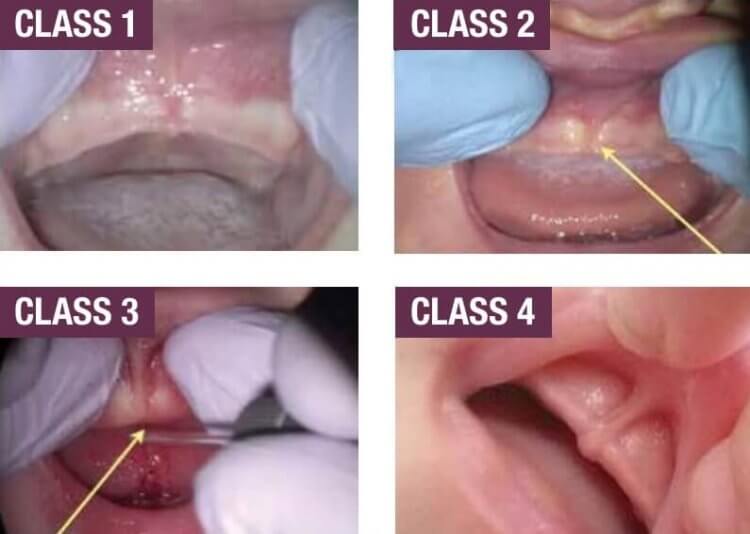
Lip Tie: How to Check Your Baby (And How to Fix it)
Toddler top lip tied, should I do something about this? Just noticed it. : Mommit
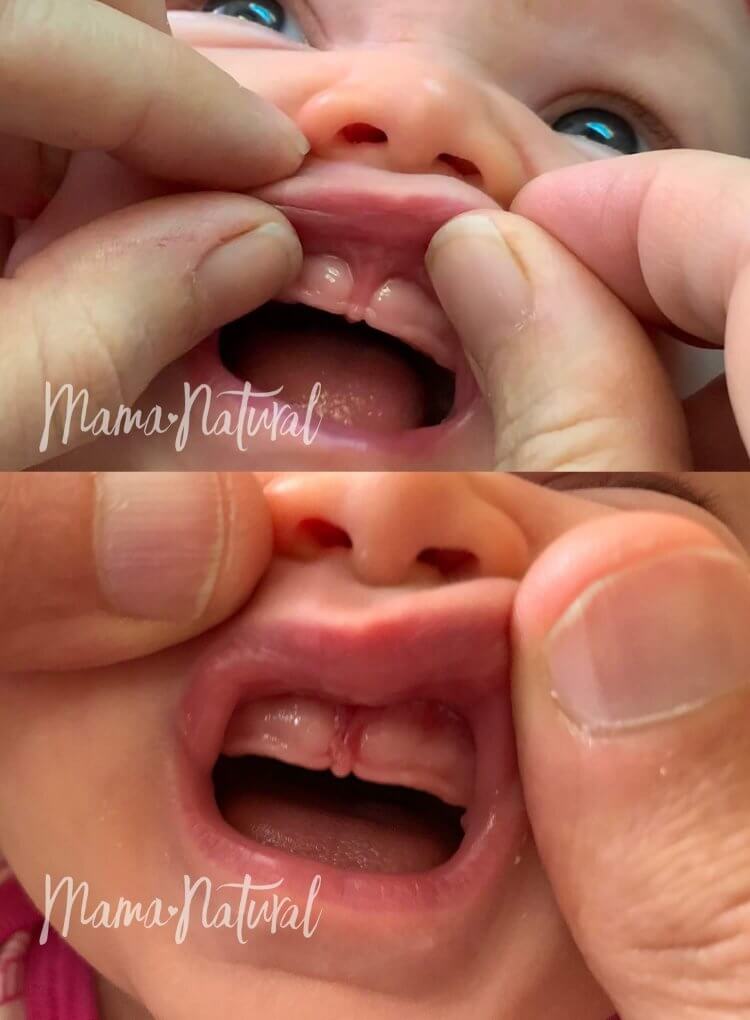
Lip Tie: How to Check Your Baby (And How to Fix it)
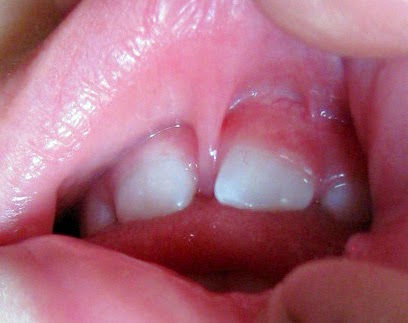
Does Upper Lip Tie Removal Help Prevent Upper Front Teeth Gap? | Fauquier ENT Blog
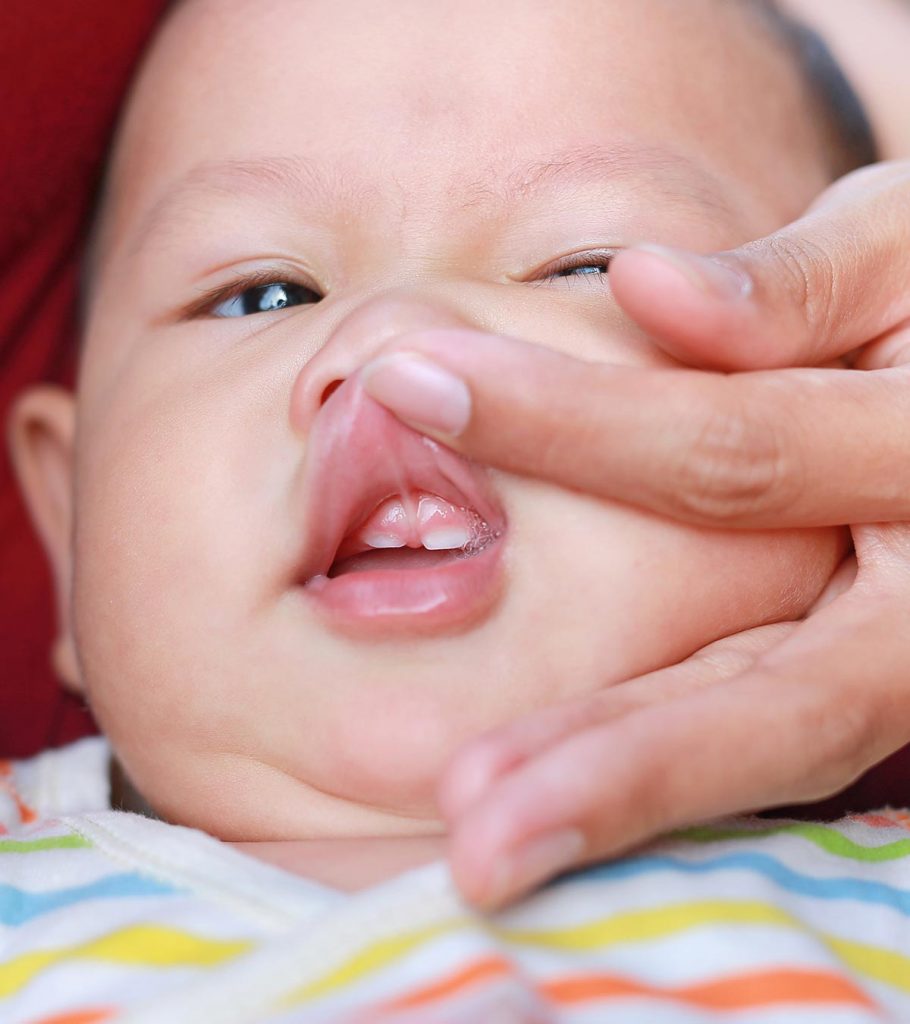
Lip Tie In Babies: Causes, Symptoms & Treatment
The Tongue Tie and Lip Tie "Epidemic" In America - Dr. Julie Wei

Upper Lip Tie In Babies and Toddlers - 4 Important Facts | BellyBelly

Discovering And Correcting Lip Tie On A Toddler And An Infant | Tongue tie, Tounge tied baby, Baby breastfeeding

Lip Tie: How It Can Cause Breastfeeding Issues and What Can Be Done About It - Dr. Chelsea Pinto | Los Angeles Infant Tongue Tie Specialist

Analytical Armadillo: Upper Lip Tie Treatment in Infants - Informed Choice, Risks & Efficacy

Discovering And Correcting Lip Tie On A Toddler And An Infant

Upper Lip Tie Release Treatment - YouTube

Lip Tie in Baby: Symptoms, Causes, and Treatment - Mama Lift
Lip & Tongue Tie in Newborns and Toddlers - Naomi Sahlstrom

Is My Baby's Tongue Or Lip Tie Affecting Breastfeeding? — Moms Without Milk
Lip-Tie in Babies & Toddlers: Symptoms & Treatment

Can a lip-tie cause speech problems? - Sparkle Dental Tongue Tie Clinic Perth

Pin on Breastfeeding
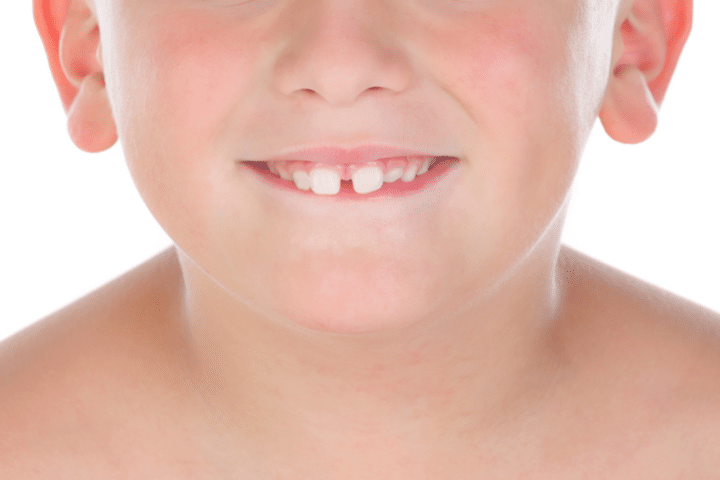
Does your child have front teeth gaps? | Smilefocus Dentist Singapore

Lip Tie And Gap Between Teeth - TeethWalls
Lip-Tied | Naturally Contrary

Discovering lip/tongue tie in toddler - Page 1 | BabyCentre

Upper lip tie?! - Page 1 | BabyCentre

Moma Baby Etc - Lip Tie In Babies: Symptoms & Treatment
Early Childhood Care and Frenectomy - Pediatric Dentist in Temple, TX
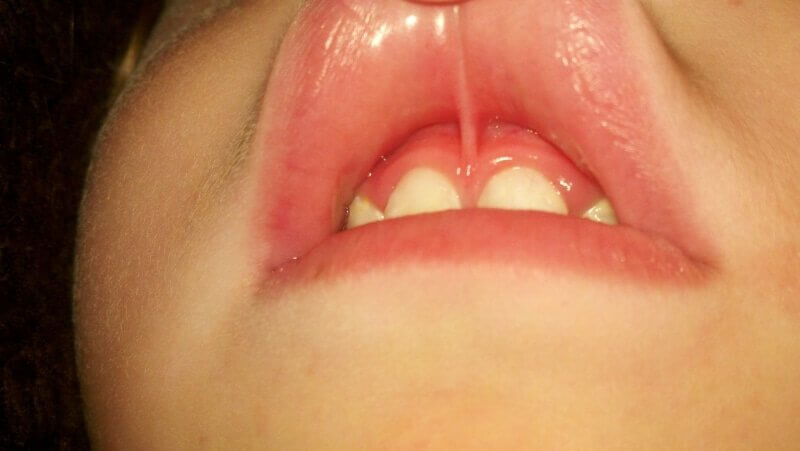
Lip Tie Q&A

Tongue and Lip Tie | the BREASTFEEDING CAFE

How Does An Upper Lip Tie Affect Breastfeeding? — DrGhaheri.com

Do Tongue Ties Really Cause Breastfeeding Problems? - The Atlantic
Exposing The Beast: Lip and Tongue-Tie in Our Children -
Baby Steps Series: Tongue Tie and Lip Tie Laser Treatment

Lip and Tongue Ties - Young Dentistry For Children
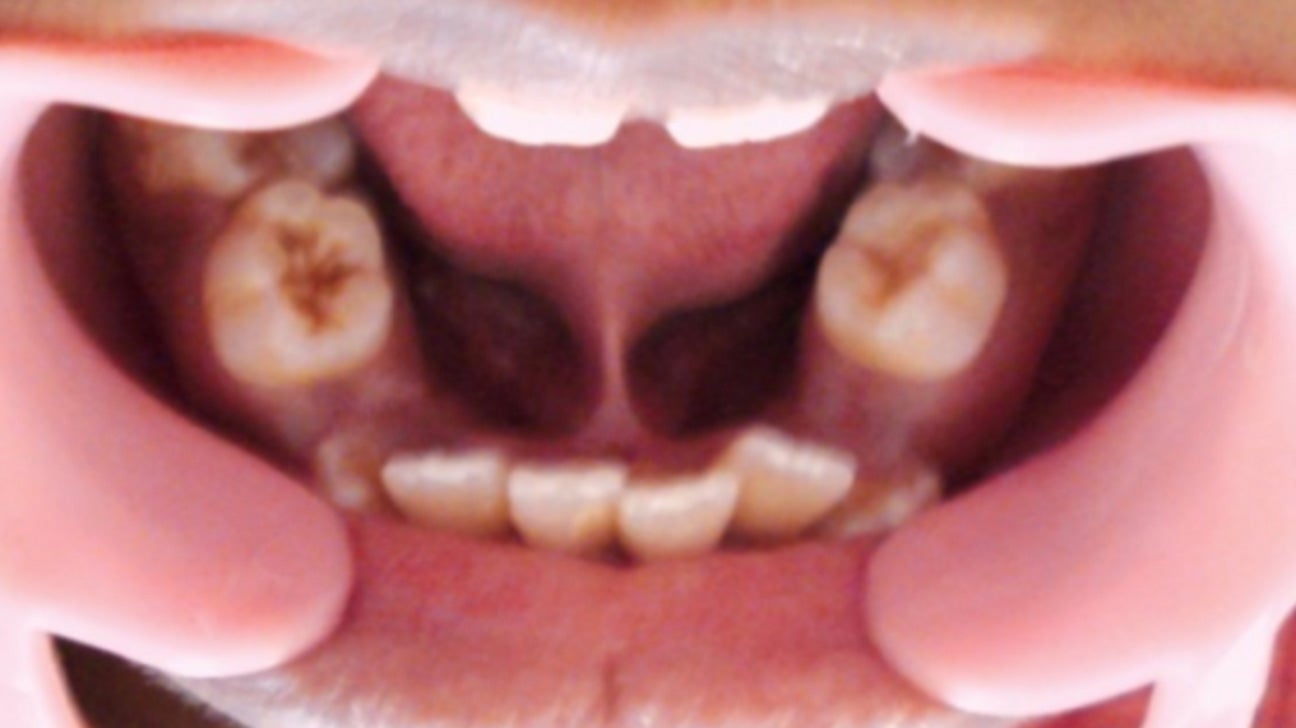
Posterior Tongue Tie Symptoms and Treatments

Lip tie in babies and toddlers: Treatments and symptoms

Frenectomy Procedure, Recovery, and Before and After Pictures
Is this a lip tie? : breastfeeding

The Discovery of the Upper Lip Tie | A Warrior Mom

Tongue Tie in Babies (Page 1) - Line.17QQ.com
What We Have Learned From Our Tongue Tied Babies
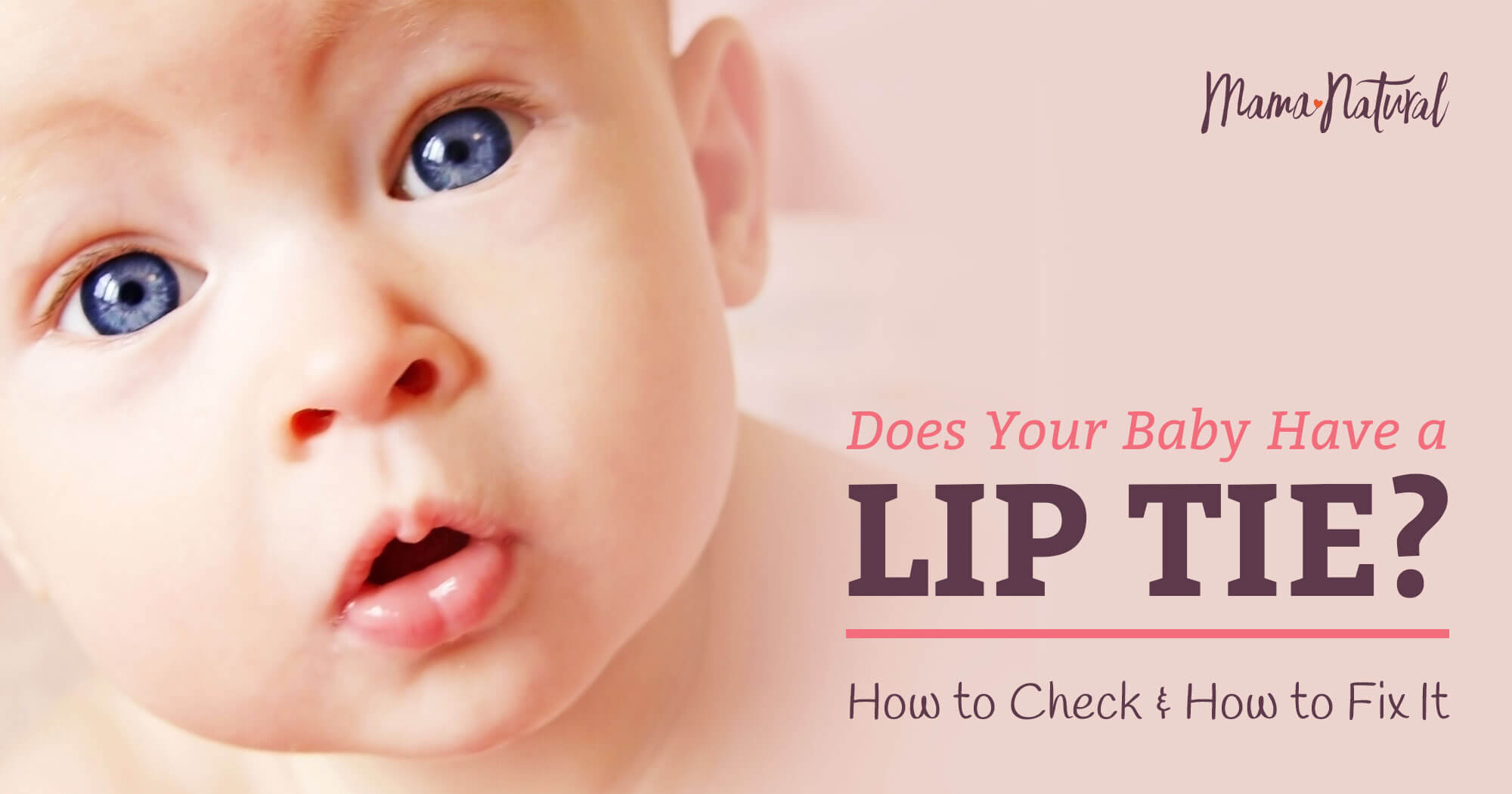
Lip Tie: How to Check Your Baby (And How to Fix it)
Posting Komentar untuk "upper lip tie toddler"